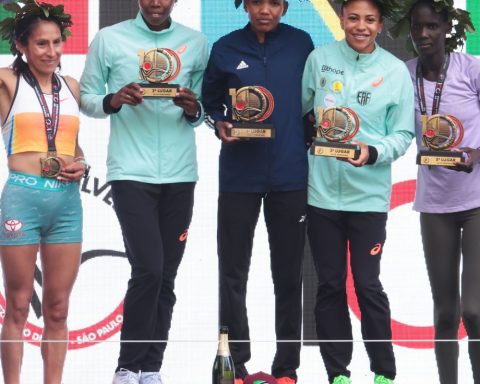Starting this Monday (11) and until November 22, the largest global decision-making meeting dedicated to the climate crisis will be held in Baku, capital of Azerbaijan. During the 29th Conference of the Parties to the United Nations Framework Convention on Climate Change (COP29), leaders from 198 countries and the European Union will be focused on designing solutions that enable sustainable practices, such as the end of greenhouse gas emissions and the adaptation to the impacts of climate change.

International agreements and the promotion of national policies and initiatives are the expected results of this meeting. But for them to happen, an understanding is necessary between so many parties with different cultures, languages and experiences.
Translators and interpreters help in negotiations, and, to reduce noise, the English language and the use of acronyms are the main conversion tools. Discover the main terms and acronyms that will be used these days:
Paris Agreement: international agreement launched at COP21 in 2015 and ratified by the National Congress the following year, coming into force on November 4, 2016. The document brings together global actions in response to the threat of climate change, such as reducing greenhouse gas emissions .
Article 6: is the article of the Paris Agreement that deals with the feasibility of a global carbon market, replacing the Clean Development Mechanism (CDM) of the Kyoto Protocol.
CMA (Conference of the Parties serving as the meeting of the Parties to the Paris Agreement): meeting of the parties that subsidize and negotiate the elements of the Paris Agreement for the COPs.
CMP(Conference of the Parties serving as the meeting of the Parties to the Kyoto Protocol, Conference of the Parties serving as the meeting of the Parties to the Kyoto Protocol,): meeting of the parties that subsidize and negotiate the elements of the Kyoto Protocol for the COPs.
COP (Conference of the Parties to the United Nations Framework Convention on Climate Change): The meeting began in Berlin, Germany, in 1995, one year after the Climate Convention came into force. Its main objectives are to debate solutions to reduce greenhouse gas emissions, contain global warming and implement the convention and its legal instruments.
GST (Global Stocktake, Global Carbon Balance): provided for in Article 14 of the Paris Agreement, it is a transparency mechanism that allows progress towards long-term goals to be assessed. The first was concluded at COP28.
INC (Intergovernmental Negotiating Committee): group open to all United Nations Member States and specialized agencies. It was created in 1990 by the UN General Assembly, with the initial participation of 150 countries, responsible for the text of the United Nations Framework Convention on Climate Change (UNFCCC) finalized in 1992.
Paris Rulebook: document prepared at COP24 to guide parties on how to implement the Paris Agreement and limit global warming below 2 degrees Celsius and achieve the goal of keeping it at 1.5 ºC.
NDC (Nationally Determined Contributions): These are the goals and commitments made by the parties to reduce greenhouse gas emissions. By February 2025, member countries must present the third version (NDCs 3.0) of their updated goals in relation to the Paris Agreement. In the last NDC presented, the Brazilian government established the goal of reducing greenhouse gas emissions by 37% by 2025, with a subsequent indicative contribution of a 43% reduction in 2030, in relation to emission levels estimated for 2005.
NCQG (New Collective Quantified Goal on Climate Finance): aims to replace the climate financing agreement of US$100 billion annually between 2020-2025, which is outdated, insufficient and which countries never delivered.
Kyoto Protocol: treaty to reduce greenhouse gas emissions that contribute to global warming. It was signed in 1997 and came into force in 2005.
BTR (Biennial Transparency Reports): document predicting the first submission at this COP29.
SB60 (Subsidiary Bodies Session): Also called the Bonn Climate Change Conference, it is an annual meeting that takes place in Germany in preparation for the Conference of the Parties. Specific aspects of climate actions are discussed, knowledge is shared and negotiations begin. Anticipation ensures that the most significant strategies and progress are redefined before the conference.
Troika: international cooperation pact signed by the three presidencies of COPs 28, 29 and 30, United Arab Emirates, Azerbaijan and Brazil, respectively, for the fulfillment of the 1.5 ºC Mission, with evaluation meetings.
UNFCCC (United Nations Framework Convention on Climate Change): document launched for signatures at Eco-92 in Rio de Janeiro, and which came into force in 1994, which brings the principles of “common but differentiated” responsibilities (countries that emitted more must reduce more) on the reduction of greenhouse gas emissions stove.


















